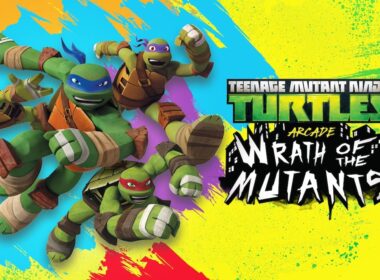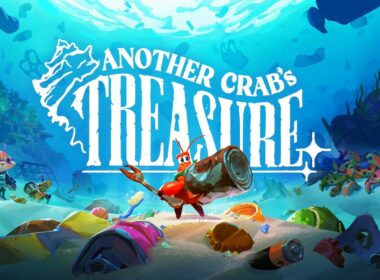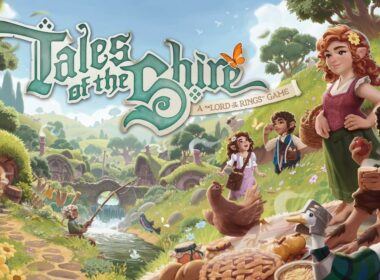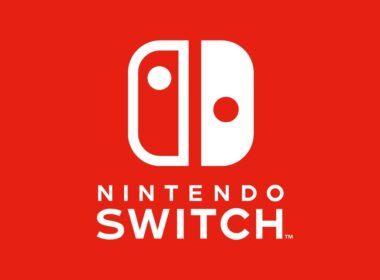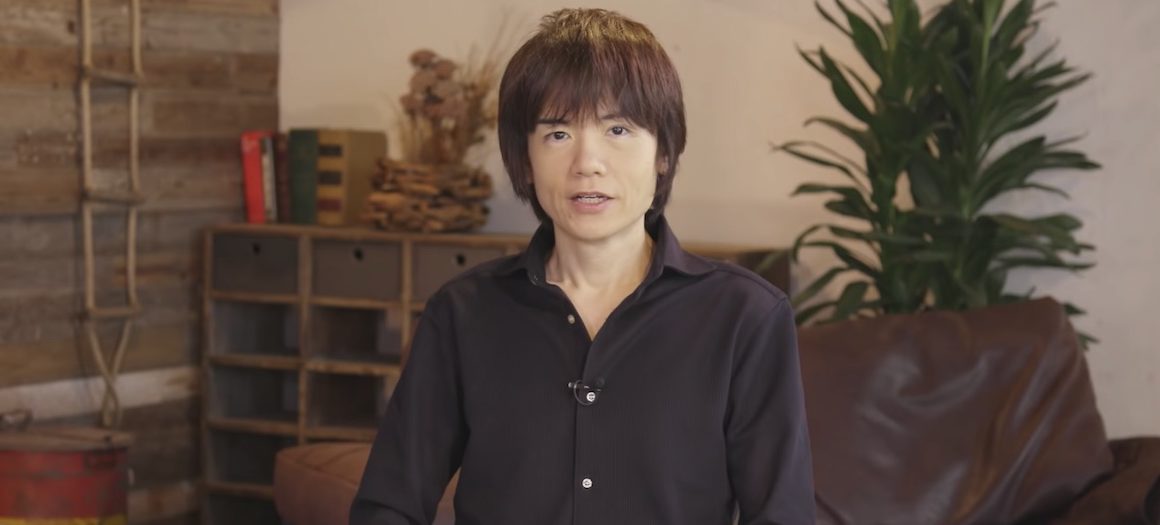Nintendo of America has posted a five-part special interview with Super Smash Bros. Ultimate game director Masahiro Sakurai, covering topics like his approach to this iteration, tips on learning each character’s different playstyles and why Ridley’s taunt is his favourite.
This was originally posted on the mascot brawler’s News Channel on Nintendo Switch, but, seeing as that is inaccessible online, we’ve copied out the questions that Sakurai was asked and his responses in entirety below.
Thank you for your time, Mr. Sakurai. Let’s start with a question that may help people who are new to Super Smash Bros. Can you describe what the game is and what you feel the main appeal of the franchise is?
Fighting games have a lot of advanced players playing them, so it might seem a little intimidating. But fundamentally, this is a casual game, so I’d be grateful if people just had fun with it, without being scared. I’ve created the game with that intent.
How was your approach to this game different than your approach to the past Super Smash Bros. games? What did you want to achieve with this game specifically?
The difference between this game and the past is that all the characters are in it. We really tried our best to make the impossible possible, to prevent situations where someone misses a certain character because they’ve been cut.
And another comparison I can make between past titles and this one, is that in retrospect, I do feel that [Super Smash Bros.] Melee may have been geared a bit too much towards a core audience. We made [Super Smash Bros.] Brawl when the Wii came out. At that time, games like Wii Fit became popular, attracting a lot of casual players that have never really touched a video game before, so we lowered the speed a bit so that those players can enjoy the game as well.
For [Super Smash Bros. for] Wii U and 3DS versions, it was on a portable device, so there were parts of it we had made specifically to increase playability on a portable device. This time, the screen is easier to see than the 3DS version, and it’s not just people who are not used to playing games, so we focused on bringing up the tempo of the game. I think that sort of covers the characteristics of the series.
How would you describe the overall pace or speed of the gameplay?
It’s more the sense of tempo than speed. For example, when a fighter is launched, by increasing the launch speed to a certain extent, the fighter quickly then becomes controllable. By slightly reducing the time the fighter can’t be controlled, we are aiming for a well-paced gameplay experience. We are aiming to make improvements here and there, like reconsidering buttons, allowing short hop attacks by pressing buttons simultaneously, etc to make the controls easier, but at the same time keep a good tempo.
Items have always been a big part of Super Smash Bros. What goes into designing new items and what do you think items add to the franchise?
The fact that in a fighting game, it’s usually a given that the more skilled player wins. There’s just the two players, no random elements, and it works. But when you have things like items, players who would normally lose, can sometimes win. In order to summon up this shuffling nature or this sense of randomness, I think items become necessary. Some people may never use them, but I believe it’s an important essence when we’re talking about people just gathering and playing together. So I’d like to continue to include them in the future.
Can you tell us any specific details about the new fighters? Any tips for making the best use of their different playstyles?
I think both Inkling and Ridley, each for their own unique reasons, are very different in a 1-on-1 match and in a 4-player match. A unique feature of the Inkling is the ability to increase the damage dealt by inking their opponent. This means that in a 4-player match, there are those who had been inked, and those who haven’t, so you’ll need to think about who to target, and how long this effect will last. But in a 1-on-1 match, the opponent is obviously inked, so you don’t really have to think about those things.
Ridley has a down special that deals massive damage in one hit, provide you hit them with the sweet spot, but this is actually pretty hard to hit in a 1-on-1 match. But in a 4-player match, it sometimes just works. Ridley is shaping up to be a character where the action you take based on the situation around you becomes an important factor. I think it’s fine to decide what a character’s forte is, or what kind of strategy to use with them based on your fighting style or likes and dislikes. But I feel that to have characters that are completely different not only by themselves, but also depending on the number of opponents they are facing, is deep.
What was the thinking behind slowing the action down and zooming in when someone gets hit very hard?
Within the dev team, we’ve been calling it Special zoom and Finish zoom. Special zoom is something that occurs when a special move that deals a lot of damage, like Captain Falcon’s Falcon Punch hits in something like a 1-on-1 match.
There’s also the Finish zoom. This happens with a flash of light, when, for example, a hit against the last person in a stock match looks like it’s going to end the match. There was an issue with Smash where the fighters are small – it’s a game where the camera needs to be constantly pulled back, and as a result, the impact and intensity of the character is diminished. So, we were trying to come up with a way to create that feeling of “Nailed it!”, by zooming into a character where possible, and creating an effect that just feels good.
While the zoom effect mainly happens on 1-on-1 matches – when it won’t really get in the way of the match – there are times when it happens even if there’s someone moving off-screen, like for Final Smashes. There’s some fun to be had in predicting your movements off screen, so we left it in!
Very interesting! Another change was adding slowdown to repeated Dodge Rolls. Can you talk about that?
Ah, yes. There are times where continuing to run away becomes advantageous. I think there are times when, for example, you can take the win by just being evasive with a fast character in a timed match. Since this is a game about characters, and at the same time an action game, we can’t really lower the stats of a character during those times – but I think we can add penalties for a certain level of timid gameplay, like using dodges repeatedly. Having someone just dodge repeatedly is not fun, right? I’d like to add penalties as much as possible to plays like that.
So you’re telling players to fight rather than run?
[Laughs] I wouldn’t go so far as to say “Fight!”, but I want to do something against passive gameplay. It’d be great if we can make these kinds of decisions for more types of situations, but the more we do this, the more we end up leaving our fingerprints – resulting in it being unfair. So we decided to make the conditions very clear, and added this penalty for the dodges.In this game, there’s a new control option, the Jump + Attack buttons that does an automatic Short Hop Aerial Attack. What’s the thinking behind this addition? How do you think players will use it?
I feel that when it comes to techniques in games, the harder it is to pull off, the more it leans towards a core audience. For example, in the past, we had a feature where pressing the R Button can cancel out your landing lag, but we’ve since removed this. The execution is simple, but how you implement it has depth. The Short Hop Attack, which is usually hard to pull off, is an example. By simplifying the process of quickly tapping the jump button while executing an attack while in the air, anybody can use this technique, to an extent. This addition is one of a series of additions that drives at our core thinking with this game – the best competiion happens after everybody can properly control the character.
Ah, that’s a good segue for the next question. Do you have any advice for new players?
It has always been the case, but we are aiming to create a game where even if beginners only use weak attacks or special attacks, it’s still a game. If you’re a beginner, things like what the new features are doesn’t really matter to begin with. But even if they don’t know these things, as long as they can have fun with what they can do within their community, I think that works.
We could go the opposite end of the spectrum, and icnrease the difficulty in command inputs to create something leaning heavily towards core players, wehre you can really compete with your skills. but not having this as a goal, is what makes Smash, Smash. So, I’d like to keep the controls as simple as possible. It’s of course not as casual as Mario Kart, but I want to keep it easy on the players’ hands!
Why is there a difference in damage dealt to fighters when playing in a 1-on-1 game as opposed toa 4-player free-for-all game? How does it affect the overall game balance?
As I was adjusting the balance of the game, one thing I was struggling with was the fact that the damage opportunity between a 1-on-1 match and a 4-player match is completely different. It makes sense, considering there are three times as many enemies, so you take on more damage. When adjusting the balance for a 4-player match, there was always a tendency to make the 1-on-1 matches last longer.
When advanced pros play 1-on-1, the back-and-forth frequently leads to rather long matches. So, in order to wrap up the time reasonably, we added the 1-on-1 damage. I think by adding this, the back-and-forth in 1-on-1 matches go a little quicker, improving the tempo of the game.
The Smash characters are known for having unique taunt animations. I’ve always wondered, how are these decided upon. Do you have a favourite one?
Well… it’s sort of whatever I feel like. [Laughs] It’s just that without these appeals, it’s nothing but fighting. Since this is a game about characters, I feel it a bit limiting to only be thinking about attacking. Things like adding unique movements in idle animations or adding taunts is a subtle way to showcase the character’s personalities, so I do put a bit of thought into it.
As for a favourite taunt, I like all of them, so I can’t really say, but I do like Ridley’s down taunt. When you use it, Ridley, for some reason, stands up straight, so you can actually see how tall he really is. He’s pretty big. He’s about four metres tall.
Well, he is a commander of the Space Pirates…
And I have no idea why. He doesn’t look like the… intellectual type. [Laughs]
[Laughs] No comment on that. Is there anything else you would like to say to new players? Anything you would like to say to returning players?
I think the best way to start is, if possible, to get together with some friends rather than diving headfirst into online matches. I think everybody has a community and a playstyle that best suits them. When you boil it down, this game can provide a place for players to showcase some really advanced gameplay as a fighting game, but there’s also plenty of ways to enjoy it as a casual game. I hope everybody can enjoy playing this game the way they want.
Thank you for your time today Sakurai-san!
Thank you!
Super Smash Bros. Ultimate will release exclusively for Nintendo Switch worldwide on December 7th.

